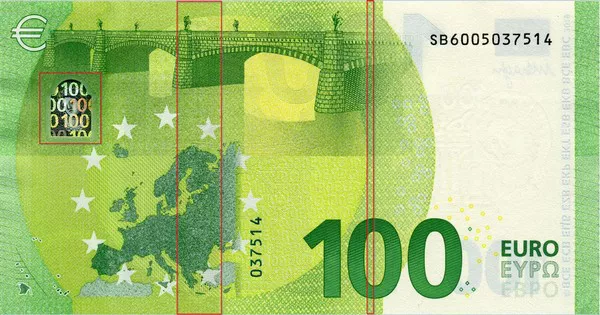Overnight Developments:
Oil prices experienced a decline exceeding 1% overnight as Saudi Arabia’s decision to cut prices, coupled with an increase in OPEC output, outweighed upward price pressures amid geopolitical tensions in the Middle East. Meanwhile, in the United States, Congress reached an agreement on a new spending deal for the current fiscal year, alleviating concerns about a potential partial government shutdown on January 20.
Friday Market Recap:
The conclusion of the first trading week of 2024 witnessed the broad dollar index (DXY) achieving a weekly gain of 1.1%, marking its most substantial increase since mid-July. This movement was driven by global risk aversion and data releases indicating the resilience of the US economy. Bond yields approached three-week highs, with the 10Y UST yield rising by 6 basis points to 4.05%. European markets closed lower, while US stock indices posted marginal gains, capping off a volatile first week of 2024.
On Friday, mixed signals emerged from US macro data, particularly in the labor market. The December Jobs Report exceeded expectations with non-farm payrolls growing by 216k (consensus: 170k), though the November figure was revised down by 26k. The labor force participation rate edged down to 62.5%, and average hourly earnings remained at 0.4% m/m. Despite the positive job growth, the report suggests that the US labor market remains tight. Conversely, the ISM services index declined to 50.6, below expectations (52.6), indicating a less optimistic outlook. FOMC member Lorie Logan cautioned against premature easing, signaling that rate hikes should not be ruled out.
In line with predictions, the euro area headline inflation for December reached 2.9% y/y (previous: 2.4%, consensus: 2.9%), primarily driven by energy base effects. Core inflation increased to 3.4% y/y (previous: 3.6%, consensus: 3.4%). The underlying momentum in core prices, adjusted using ECB‘s seasonal adjustments, showed a 1.4% 3m/3m seasonally adjusted annualized inflation, indicating a declining trend. Despite easing inflationary momentum, service inflation remains high at 2.3%, prompting the need for more data to convince the ECB of a sustainable convergence back to the 2% target.
Market Movements:
Equity markets experienced volatility on Friday, driven by conflicting job market data. Small caps underperformed large caps, value outperformed growth, and defensives made a notable comeback. Global defensives outperformed cyclicals by 4 percentage points. The S&P 500 closed up 0.2%, while Stoxx 600 managed to recover to -0.3%. Despite viewing the de-risking as a symptom of short-term positioning and overbought conditions, caution is advised. Asian markets, particularly in Hong Kong, are lower due to renewed regulatory fears in the gaming sector. US and European futures are also showing a downward trend.
Fixed Income and Currency Markets:
Global yields initially reacted sharply lower to the US labor market report on Friday but quickly reverted to pre-release levels. The euro area flash inflation report had minimal impact on market dynamics. 10-year German Bunds were up 2-3 basis points on the day, and intra-euro area spreads remained broadly constant. Market expectations for rate cuts from both the ECB and Fed have decreased by almost 25 basis points since late last year, with 144 basis points and about 140 basis points priced until year-end. Some analysts find the market pricing for ECB cuts too aggressive.
In a notably volatile session on Friday, EUR/USD tested both the 1.09 support and later the 1.10 resistance levels before ending the session virtually unchanged around 1.0950. EUR/SEK edged higher, while EUR/NOK remained more stable, bringing NOK/SEK close to parity. EUR/GBP moved down to the 0.86 level.




























